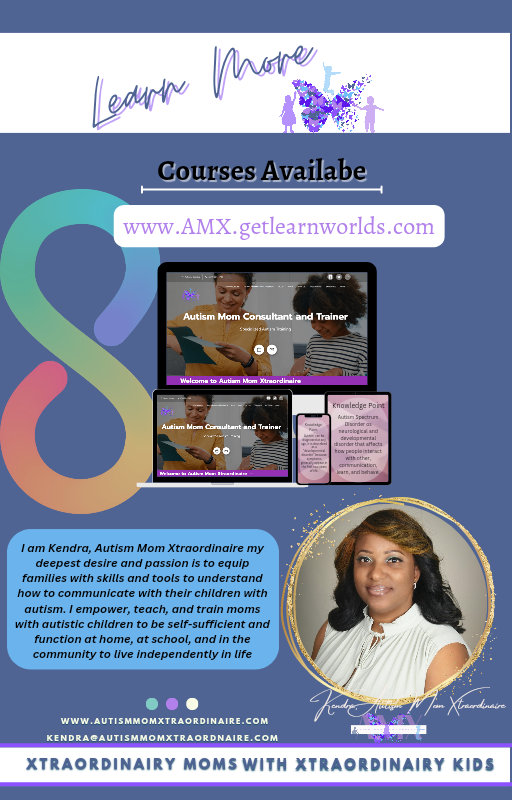
Title: Breaking the Silence: Navigating Autism Discussions in Families
- Kendra Little

- Nov 1, 2023
- 3 min read
Updated: Nov 2, 2023
Every family has its unique dynamics and challenges, but when it comes to discussing autism, silence can often prevail. Autism spectrum disorder (ASD) affects millions of families worldwide, yet there is still a significant stigma surrounding this condition. It's time to break the silence and open up meaningful conversations about autism within our families. In this blog post, we will explore the importance of navigating autism discussions, provide practical tips for initiating these conversations, and shed light on the benefits of embracing openness and understanding.
1. The Importance of Navigating Autism Discussions:
Autism is a complex neurodevelopmental condition that affects individuals differently. By engaging in open and honest discussions about autism within our families, we can foster a supportive environment that promotes understanding, acceptance, and inclusivity. Navigating these conversations is crucial for several reasons:
a. Building empathy and understanding: Many family members may have limited knowledge or misconceptions about autism. By discussing the topic openly, we can educate ourselves and others, fostering a deeper sense of empathy and understanding.
b. Creating a safe space: Individuals with autism often struggle with social interactions, sensory sensitivities, and communication challenges. By creating a safe space within the family, we can encourage open dialogue and ensure that everyone feels heard and valued.
c. Strengthening family bonds: Discussing autism allows family members to come together, supporting each other and the individual with autism. It strengthens the bond and creates a sense of unity, which is essential for the overall well-being of the family.
2. Practical Tips for Initiating Autism Discussions:
Initiating conversations about autism may feel challenging, especially if your family has never broached the topic before. Here are some practical tips to help you get started:
a. Educate yourself: Before initiating a discussion, educate yourself about autism. Read books, articles, and reliable online resources to gain a deeper understanding of the condition. This will help you answer questions and address any concerns that may arise.
b. Choose the right time and place: Find a calm and comfortable environment where everyone can feel relaxed and focused. Avoid distractions and ensure that everyone has enough time to participate in the conversation without rushing.
c. Use empathy and active listening: Approach the discussion with empathy, acknowledging everyone's feelings and perspectives. Encourage active listening by giving each family member an opportunity to express their thoughts and concerns without judgment.
d. Share personal experiences: Sharing personal experiences can create a deeper emotional connection and help family members relate to the challenges faced by individuals with autism. Encourage open and honest sharing, fostering a sense of vulnerability and trust.
e. Seek professional guidance: If necessary, involve professionals, such as therapists or counselors, who specialize in autism. Their expertise can provide valuable insights and guidance during the discussion.
3. The Benefits of Embracing Openness and Understanding:
By breaking the silence and navigating autism discussions within our families, we can unlock numerous benefits:
a. Increased acceptance: Open discussions about autism lead to greater acceptance and inclusion of individuals with autism within the family unit and in society at large.
b. Strengthened support system: Openness fosters a supportive environment where family members can rally together to provide the necessary support and resources for individuals with autism.
c. Enhanced communication skills: Discussing autism encourages effective communication within the family, leading to improved relationships and understanding between family members.
d. Breakdown of stereotypes: By openly discussing autism, we challenge common stereotypes and misconceptions, promoting a more accurate and compassionate understanding of the condition.
Conclusion:
Breaking the silence around autism and navigating these discussions within families is a crucial step towards building inclusive and supportive environments. By fostering empathy, understanding, and open communication, we can create a safe space where individuals with autism can thrive and feel valued. Let's embrace these discussions, break down barriers, and embark on a journey of acceptance, love, and growth as a united family.
Remember, your voice matters, and together, we can make a difference in the lives of those affected by autism.
With love and dedication,
Kendra-Autism Mom Xtraordinaire

Comments